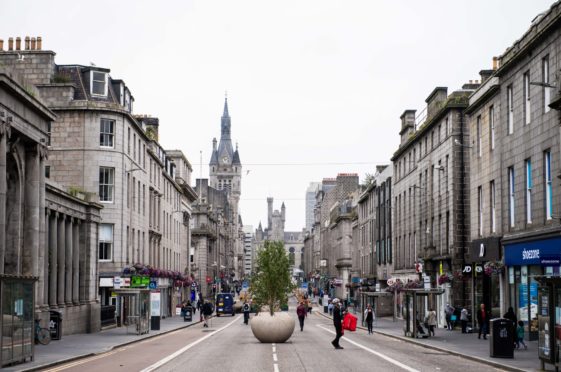Following this afternoon’s announcement of each local authorities Covid-19 restriction level, we’ve taken a look at the reason behind that decision for Aberdeen and Aberdeenshire.
There are five key indicators, which look at the number of people with the virus, how that’s expected to change, the number of people testing positive and what the expected demands are on hospital and ICU beds.
With Aberdeen having a rate of infection of 43 per 100,000 and no special reasons to disregard that, it was ruled that the city should not be placed into level zero.
This rate, combined with the current level of positivity of 2.94%, also ruled out placing the city in level one.
According to the report, the restrictions at that level would not be sufficient in suppressing transmission in the region. It added the current restrictions – equivalent to a level two – appear to be effective in reducing both the rate of cases and positivity in Aberdeen.
However, due to the bed capacity at NHS Grampian not being “under any significant pressure” and the data on the impact of the current national restrictions not yet fully available, it was felt that Aberdeen City wouldn’t require level three measures. This result in the decision to place the city in level two.
For Aberdeenshire, consideration was given for a level zero-rating, however, it was recognised even with evidence of community transmission limited, the rate of 31 cases per 100,000, and positivity of 2.36%, some restrictions would be required.
Discussions around placing the region into level one showed, that while levels had remained low, there was evidence of a recent increase in both rate and positivity in Aberdeenshire.
The report added: “It was judged that there was no evidence to support the need for increased restrictions in Aberdeenshire and with the full impact of recent restrictions not yet seen in data, it was judged that the level commensurate with current restrictions would be sufficient. On that basis, Aberdeenshire was allocated to level two. “
